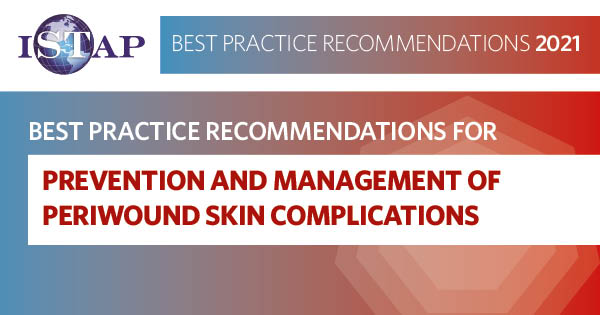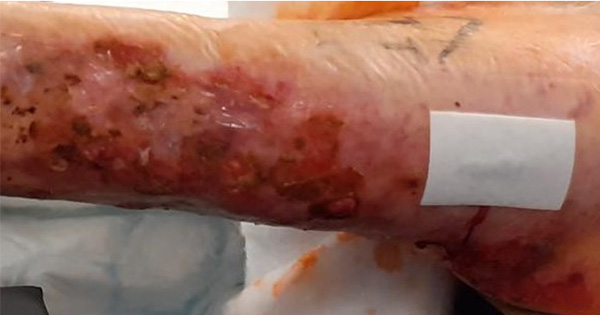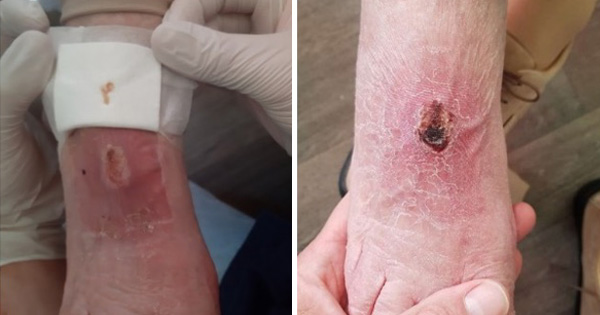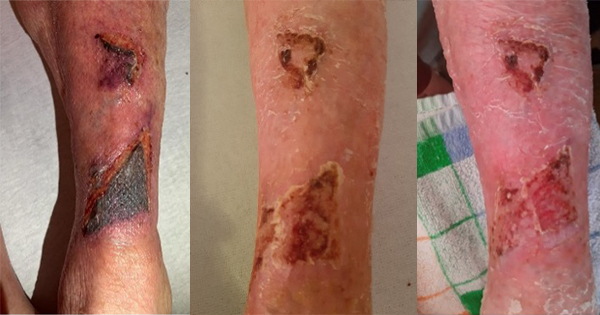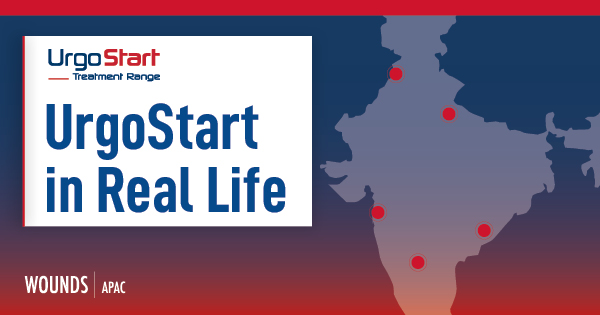Periwound management is an important but sometimes overlooked area, despite the impact it has on wound bed preparation and wound healing. Periwound breakdown delays wound healing and increases pain. It is imperative that conditions and risk factors are identified early to prevent the risk of wound progress declination.
There has been confusion around definitions of the periwound, and gaps in assessment and management.
It must be recognised that any individual with a wound is at risk for periwound complications. In addition to delayed healing, further complications relating to the periwound may include infection, detrimental effects on an individual’s quality of life, and increased healthcare costs.
A group of experts, all from the International Skin Tear Advisory Panel (ISTAP), convened on a virtual platform in December 2020 to clarify definitions of the periwound and formulate guidelines for prevention and management of periwound complications.
The initial meeting resulted in this best practice document, including key statements relating to the periwound. The document and statements were then circulated to an external review panel, with the level of agreement for the statements set at 80%.
The document aims to raise awareness of issues relating to the periwound and to enable all clinicians to consider the periwound appropriately when managing wounds. A proactive, evidence-based approach should be taken for all individuals with wounds, in order to minimise the risk of periwound complications and improve outcomes.
Kimberly LeBlanc (Chair)
For further information on ISTAP, see: www.skintears.org

